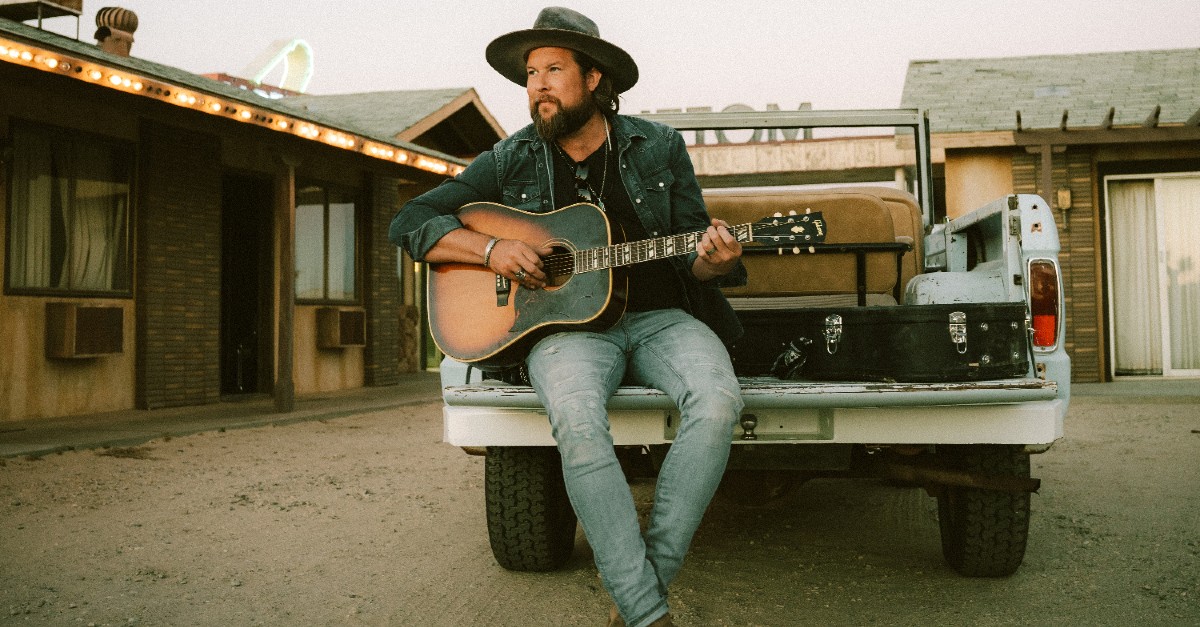0
“Motion is lotion!”, I love to tell my clients, and it’s true: barring underlying issues, the more you move, the better you will feel.
Moving your body and using your muscles intentionally every day is one of the best things you can do for your overall health and wellness.
In his book How To Be Well, Frank Lipman, MD, says, “Moving improves everything: your metabolism and your microbiome, your sleep and all your body rhythms, your immunity, your stress response, and the overall balance in your life.”
I propose six categories of movement to consider when seeking to move and lift daily. Health experts have composed volumes on each of these categories. Here is a basic overview of six categories of movement that I incorporate into every workout I do with my clients.
1. Strength / Resistance
I agree with Dr. Gabrielle Lyon, who says, “Muscle is the organ of longevity.” She teaches that shifting our exercise paradigms and focusing more on strengthening our muscles can improve the way we age.
According to the National Academy of Sports Medicine, there are tremendous benefits to strength/resistance training, including:
Improved cardiovascular efficiency, beneficial endocrine and serum lipid adaptations, increased lean body mass, decreased body fat, increased metabolic efficiency, increased tissue tensile strength, increased bone density, and reduced physiological stress.
Examples: Using resistance bands or dumbbells, a TRX, or bodyweight exercises
2. Cardio
Cardio, or cardiovascular exercise, is essentially any activity that gets you to breathe a little harder and increases your heart rate.
I prefer that clients use a heart rate monitor to determine if they are working too hard or hard enough. If you don’t have a heart rate monitor, you can use the Borg Rating of Perceived Exertion (RPE) to determine how hard you feel your body is working. The RPE is a subjective rating of your exertion level based on your physical sensations during physical activity, including muscle fatigue, increased heart rate, respiration or breathing rate, and sweating.
Most doctors generally recommend at least 30 minutes per day of cardiovascular exercise. Don’t let “cardio” overwhelm or intimidate you. Simply start by finding something you enjoy doing that involves moving: walk with a friend, take a dance or tennis class through community education, ditch the golf cart, and walk the course instead.
3. Balance
I am a passionate endorser of life-long balance training.
According to the Centers for Disease Control and Prevention, approximately 36 million falls are reported among older adults each year—resulting in more than 32,000 deaths. About 3 million older adults are treated in emergency departments for a fall injury each year.
People often think of balance as the ability to stand rigidly in place. Balance is actually a highly integrated and dynamic process involving multiple neurological pathways.
Balance training is important for injury and fall prevention, ankle strength and proprioception, and ease of daily activities.
Example: Stand on one leg and gently swing the other leg. Progress to standing on one leg while raising to tip-toe with eyes closed. Utilize tools like a BOSU ball or square non-slip balance pad to challenge balance.
4. Core
Many people talk about their “core,” but what exactly does that mean, and is it important to focus time and attention on training this area of your body?
Your core, or lumbopelvic hip complex (LPHC), is the central part of your body, which includes your pelvis, lower back, hips, and abdominal muscles.
A whopping 29 muscles attach to the “core” or the LPHC. The musculoskeletal structures that make up the core are an essential protective mechanism that stabilizes the spine and pelvis. An efficient core also supports better posture and improves balance and steadiness.
Surprisingly, with a less-than-adequate core, seemingly harmless activities like lifting a bag of groceries from your car or bending over to water plants can cause debilitating pain or injuries. Yes, this is a very important element of moving and lifting that you don’t want to miss training!
Example exercises: plank and side-plank, glute bridges, bird-dog and dead-bug
5. Flexibility
Fitness professionals traditionally agree that regular stretching improves flexibility. Improved flexibility leads to improved motor function, a decreased risk of injury and joint pain, and better performance for athletes.
In his highly regarded book Stretching, Bob Anderson says that
“(stretching) is the important link between the sedentary life and the active life.”
The most common stretching technique is static stretching. The National Academy of Sports Medicine endorses that stretching is held at the first point of muscle tension for 30 seconds to perform static stretching properly.
Practical tools to increase flexibility: stretching strap, foam roller, slant board (for calf stretching), Bob Anderson’s book, Stretching.
6. Reactive Training
Reactive training involves quick, powerful movements. Traditionally, reactive training has been perceived as something reserved for athletes’ training.
You may be surprised to learn that even, and especially with my 80-year-old clients, I lead them in reactive training exercises twice a week. My clients’ overall function and safety during movement in and out of my studio are top priorities to me.
A person’s ability to react quickly and with muscular control while moving is crucial. Reactive training helps to enhance a person’s ability to stabilize themselves while moving – a very functional tool for preventing falls. The physiology of exercise teaches that the nervous system only recruits muscles at the speeds it has been trained for. This is significant because apart from training the nervous system to recruit muscles quickly, the nervous and muscular systems will not be able to respond appropriately when they are met with a demand that requires a fast reaction.
Yes, we want to strengthen our muscles. But we also need “faster” muscles that can react quickly when necessary.
Example exercises: skipping, hopping, jumping, box jumps, and forward lunges
The information and advice provided are not intended as a substitute for professional medical advice. Always consult with your doctor before beginning a new exercise or nutrition program.
Jill Noble is a Christian writer and personal trainer. She has college degrees in Athletic Training and Fitness and has worked in various settings, including corporate wellness, clinics, and fitness centers.
Through the National Academy of Sports Medicine, she is certified as a personal trainer specializing in senior fitness, weight loss, and corrective exercise. Jill also has two professional nutrition coaching certifications. Learn more about her at jill@achievefitliving.com




























![[Video] More – Aghogho » GospelHotspot](https://gospelhotspot.net/wp-content/uploads/2024/04/More-Aghogho.jpeg)
















